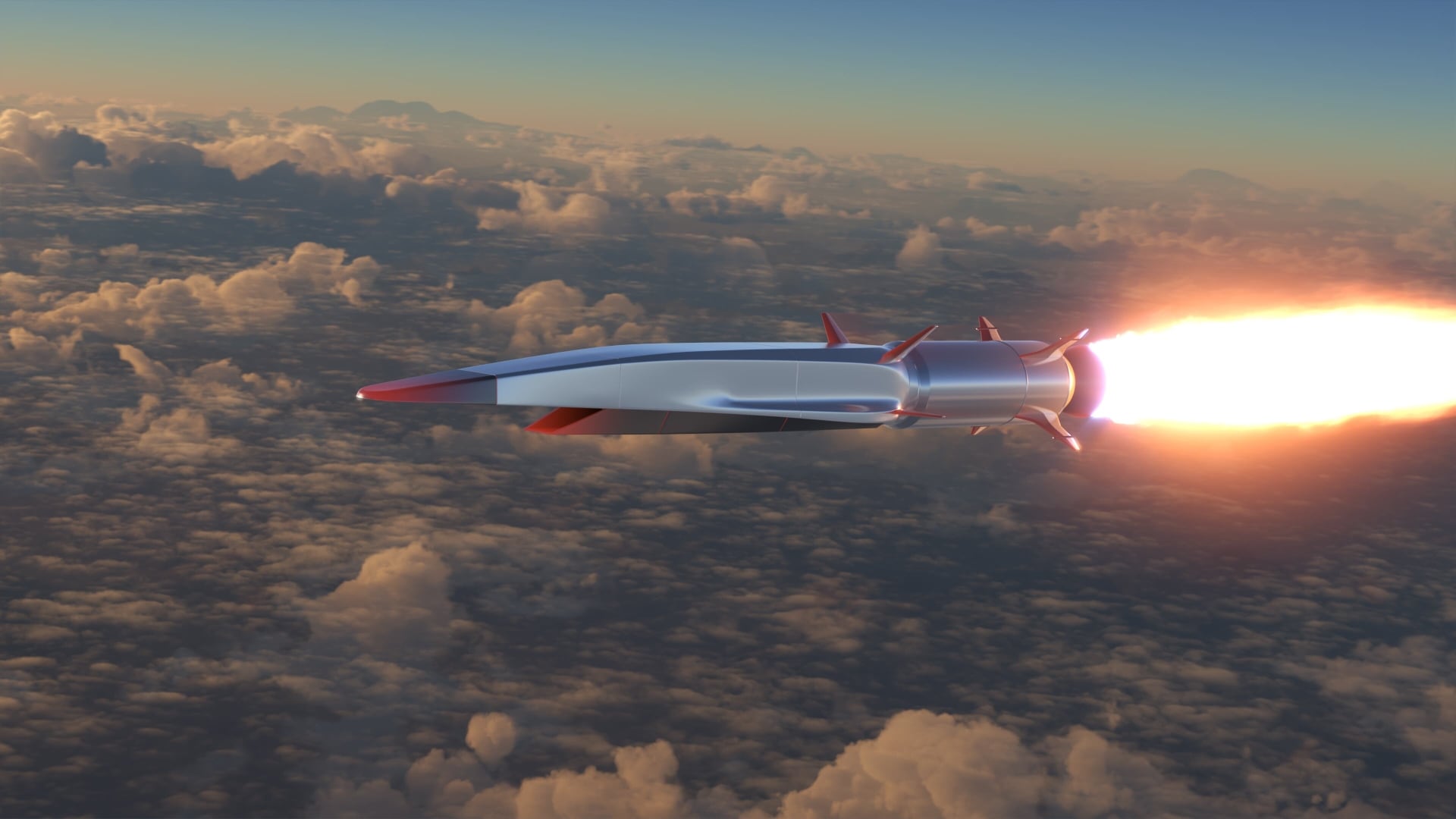Clarification: This story has been updated with more information on the organization investigating the Dec. 15 F-35B crash.
WASHINGTON — The F-35 Joint Program Office has grounded a small number of newer F-35 Joint Strike Fighters in response to the Dec. 15 incident in which a hovering fighter crashed on a Texas runway and its pilot ejected.
In a statement to Defense News on Tuesday, the F-35 Joint Program Office confirmed it issued guidance as a result of the incident and that some higher-risk F-35s are grounded, at least until January. The JPO, which said the guidance was dated Tuesday, declined to specify how many F-35s are unable to fly.
“The F-35 Joint Program Office has issued a Time Compliance Technical Directive (TCTD) to restrict some aircraft, which have been evaluated to be of higher risk, from flight operations while the investigation into the mishap on December 15 continues and until procedures can be developed for their return to flight,” the JPO said. “The affected aircraft have been identified, and the JPO will work with the [U.S. military] services and [international] partners to ensure compliance with the TCTD.”
Video of the dramatic F-35B crash earlier this month at Naval Air Station Joint Reserve Base Fort Worth, Texas, and its pilot’s successful on-the-ground ejection quickly went viral on social media.
Lockheed Martin builds the vast majority of F-35s at its facility in Fort Worth, and the company had not yet transferred this new F-35B to the U.S. government when the crash occurred. Pratt & Whitney makes the F135 propulsion systems that power all variants of the F-35.
The U.S. Air Force pilot, who was performing quality checks on the F-35B for the Defense Contract Management Agency, can be seen hovering the fighter not far above the ground in the crash video. The fighter descends, bounces off the ground and tips forward. Its nose and then right wing touch the ground, the fighter starts to spin around, and the pilot ejects.
The JPO would not say what caused the grounded F-35s to be deemed at a higher risk.
A source familiar with the program, who spoke on the condition of anonymity because they were not authorized to discuss details of the incident, said the initial assessment of the investigation, which is being conducted by the Naval Air Systems Command with the support of the JPO, found that a propulsion system issue led to the Dec. 15 crash of the hovering F-35B, which has now led to broader groundings in the fleet.
The source said that, in guidance to the services, the JPO said a failure of a tube used to transfer high-pressure fuel in the fighter’s F135 engine prompted the office to update its safety risk assessments.
The JPO also told the services that jets with fewer than 40 hours of flying are affected, this source said.
The JPO declined to confirm that information.
Pratt & Whitney said in a statement to Defense News it could not comment on the Dec. 15 crash because it involves an ongoing investigation.
In its Tuesday statement to Defense News, the JPO said the groundings were put into place after a “preliminary assessment of the risk” and that it was taking steps it hoped would allow the directive to be modified sometime in January.
“The safety of flight crews is the JPO’s primary concern,” the statement concluded.
Though the JPO would not say exactly how many F-35s were grounded, it confirmed the grounded jets include all three variants. Some of those grounded F-35s are American fighters.
The news site Times of Israel on Sunday reported the Israeli Air Force had grounded 11 of its F-35s due to the incident, and that they would be checked for similar issues. Israel flies the F-35I, which is based on the F-35A.
In a statement to Defense News, Lockheed Martin said it is continuing to work with Navy officials in Fort Worth following the incident, and the company referred other questions on the groundings to the JPO.
Lockheed Martin said on its website it has so far delivered more than 875 F-35s to the U.S. military and the program’s partner nations.
Stephen Losey is the air warfare reporter for Defense News. He previously covered leadership and personnel issues at Air Force Times, and the Pentagon, special operations and air warfare at Military.com. He has traveled to the Middle East to cover U.S. Air Force operations.








